By Louise Irvine
Our new museum mascot is a red “Hot” Wiener dog blown in glass by Rob Stern. We are going to call him Art in honor of our founder Arthur Wiener and use the sculpture to show the parallels between inflating balloons and blowing glass.
Like many glass artists, Rob is fascinated by the idea of making art from a bubble. As a child, he enjoyed presenting magic shows to his friends and family and he learned how to make balloon animals as part of his performance. Balloon twisters are popular at parties and their performances date to the 1940s when skinny balloons first became available. The first rubber balloon was invented in 1824 and seamless varieties became available in 1903. Modern toy balloons are made of latex in a process developed in 1931. The novelty of balloons made them a popular accessory in ceramic figurines by Royal Doulton and Charles Vyse during this era as can be seen at WMODA.
American entertainers such as Henry Maar, the “Sultan of Balloons”, soon realized the sculptural potential of latex balloons as well as their kinetic and acoustic potential. His magic act included “flying sausages” as well as a wide range of twisted animals. Today balloon art is so popular that there are regular international conventions and a documentary of the vivacious rivalry “Twisted – A Balloonamentary”.
Balloon sculpture has inspired artists in other media, such as Jeff Koons. He is famous for his art reflecting popular culture and, between 1994 and 2000, he produced a “litter” of five colorful balloon dogs in stainless steel standing ten feet tall. His Balloon Dog (Orange) made a record price at Christie’s auction in 2013 when it sold for $58.4 million. Koons once described his balloon dog sculptures as a 'symbol of us'. He claimed that the way the balloon dog references the act of inhaling and exhaling is deeply symbolic of the human condition.
Surrounded by all this balloon magic, Rob Stern started his Hot Dog series in the mid-1990s. He had learned how to blow bubbles in glass at the age of twenty from Marvin Lipofsky who introduced the glass program at the California College of Arts and Crafts. The glass blowing process was first practiced in the 1st century BC but the art of blowing glass in a studio environment was still relatively young in America. Lipofksky studied with the “father” of modern studio glass, Harvey Littleton, who worked with Dominick Labino in the 1960s and learned how to melt glass at a lower temperature and on a smaller scale than industrial production. These pioneers made glassblowing an efficient process for the studio setting.
Rob Stern’s “Hot” Dog has a special meaning for WMODA because the dachshund shares its name with our founder Arthur Wiener. Dachshunds were bred as hunting dogs in Germany – “dach” means badger and “hund” means dog. Their long bodies and short legs enabled them to dig and burrow after prey. They are sometimes called wiener dogs or sausage dogs because their smooth bodies look like hotdogs. The original name for the deli hotdog was the Dachshund sausage because it resembled the dog breed, and it was shortened to hotdog.
Read more...
Earth • Air • Fire • Water Exhibit
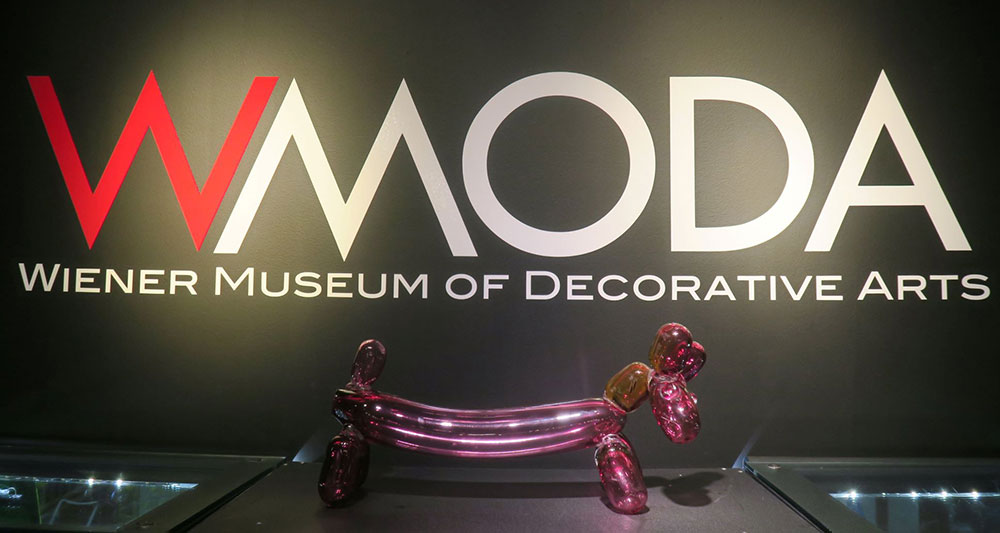
Rob Stern's Hot Dog @ WMODA
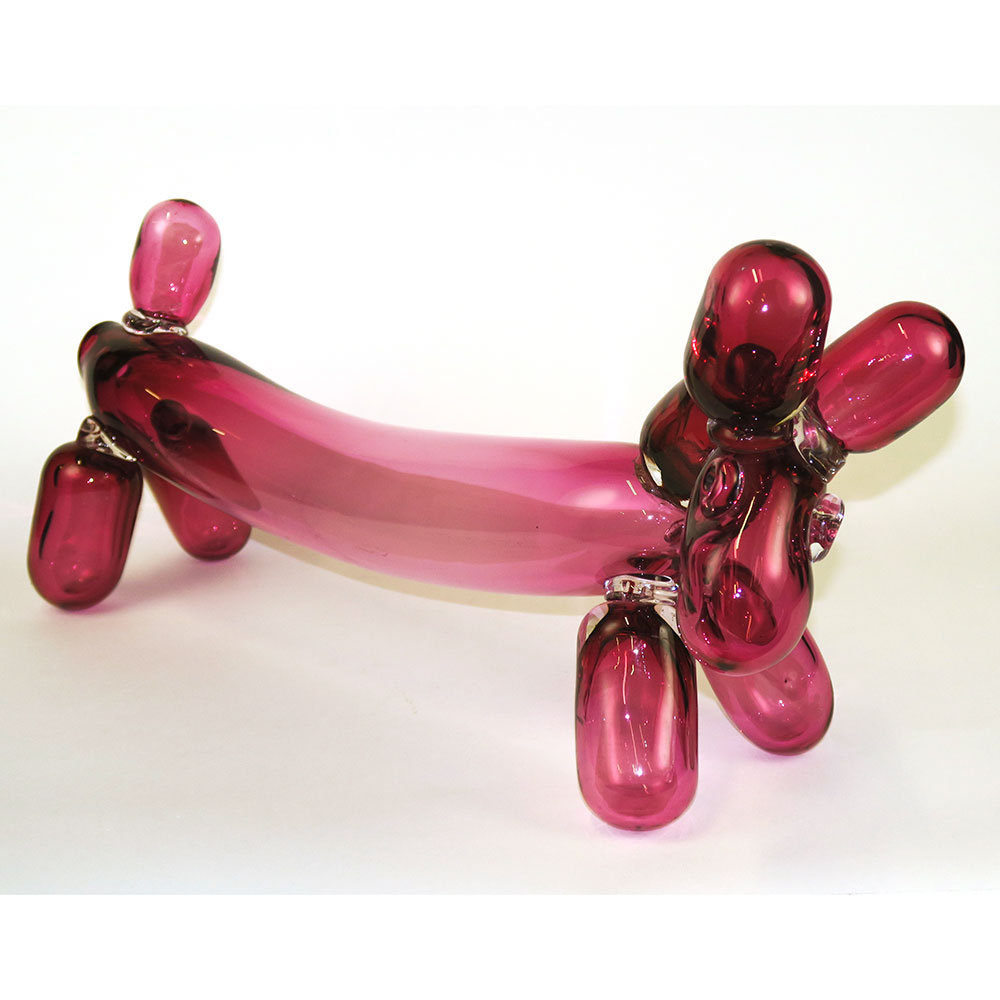
Rob Stern's Hot Dog
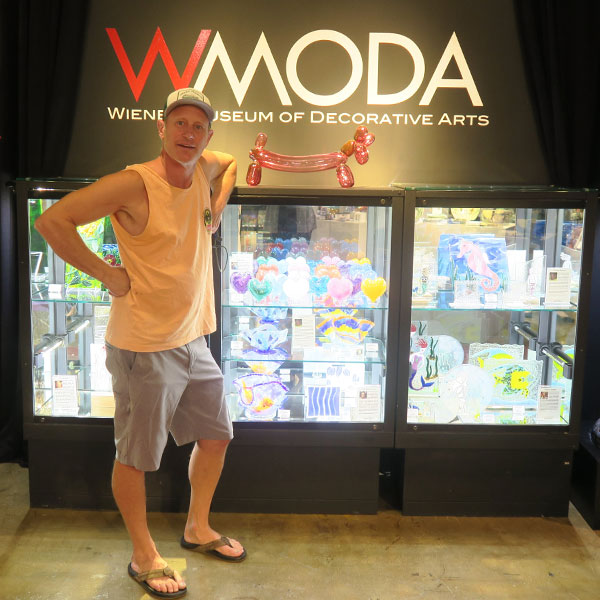
Rob Stern @ WMODA with "Artie" the Hot Dog
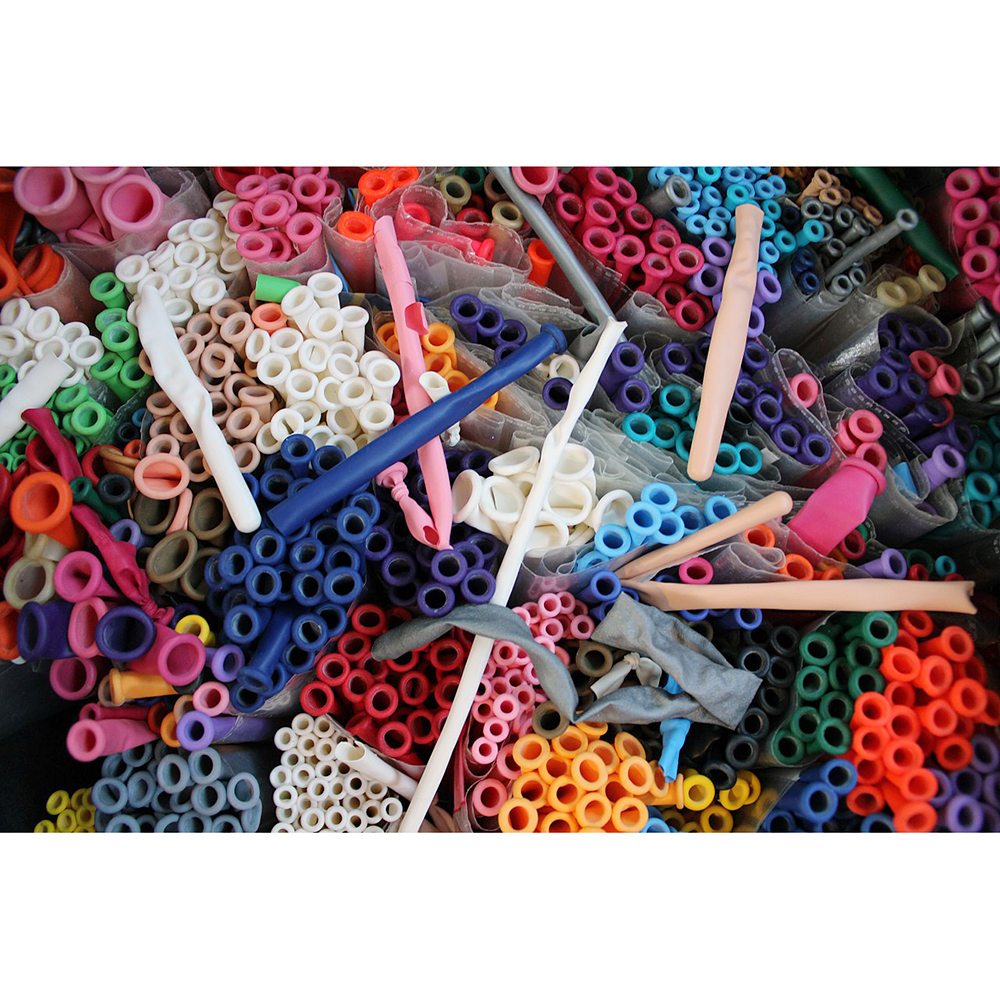
Balloons
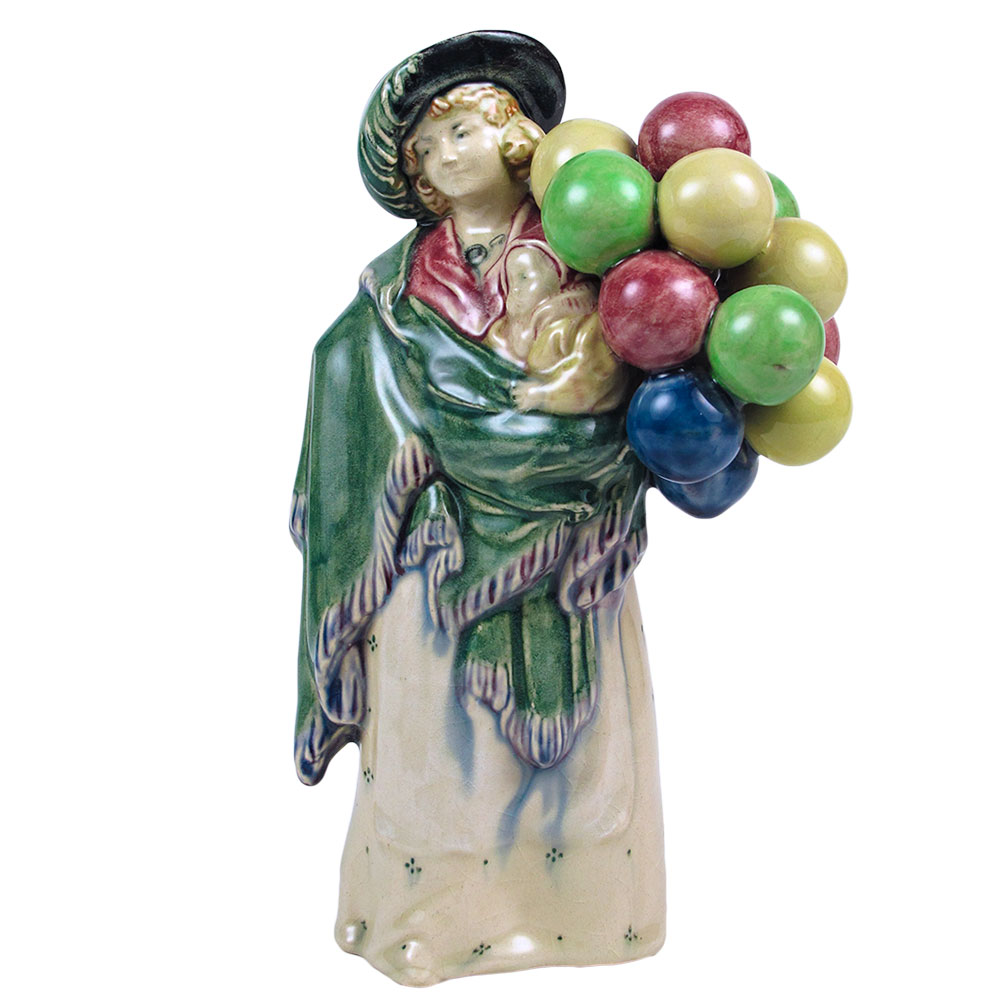
Royal Doulton Balloon Seller
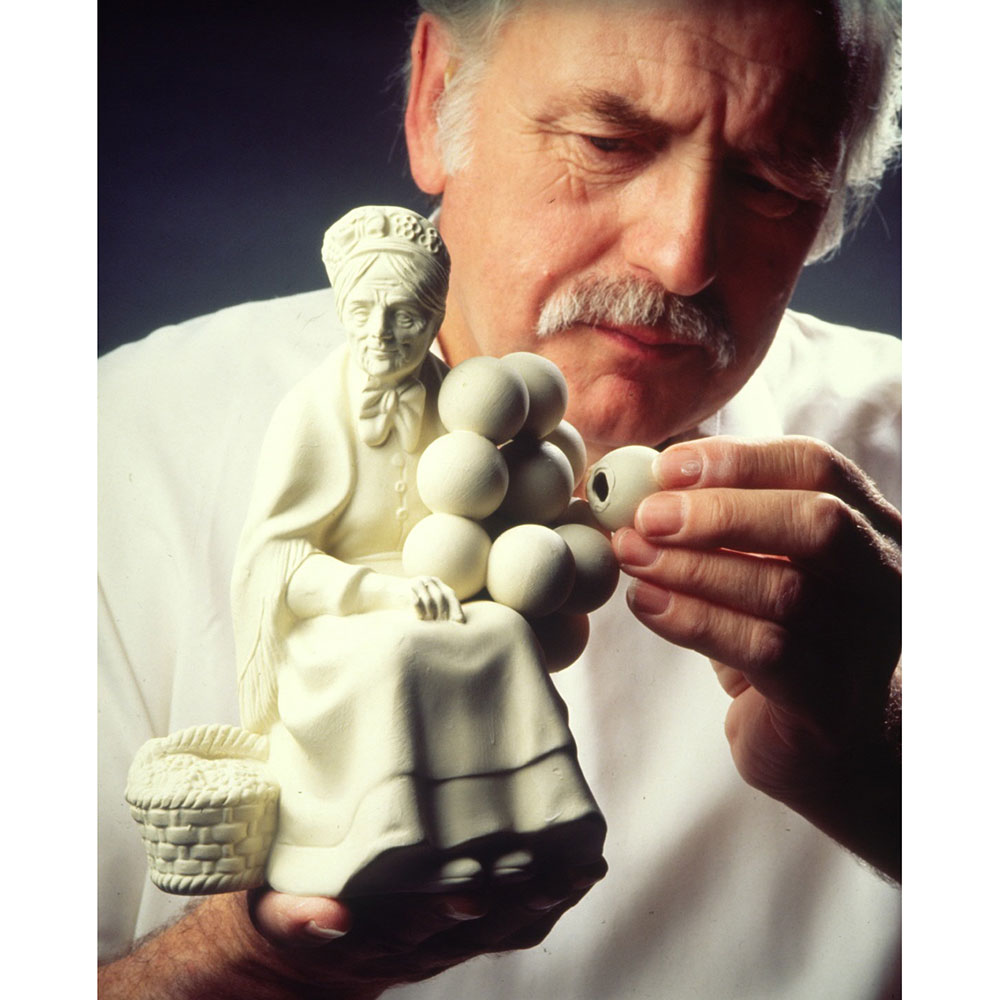
Making the Old Balloon Seller
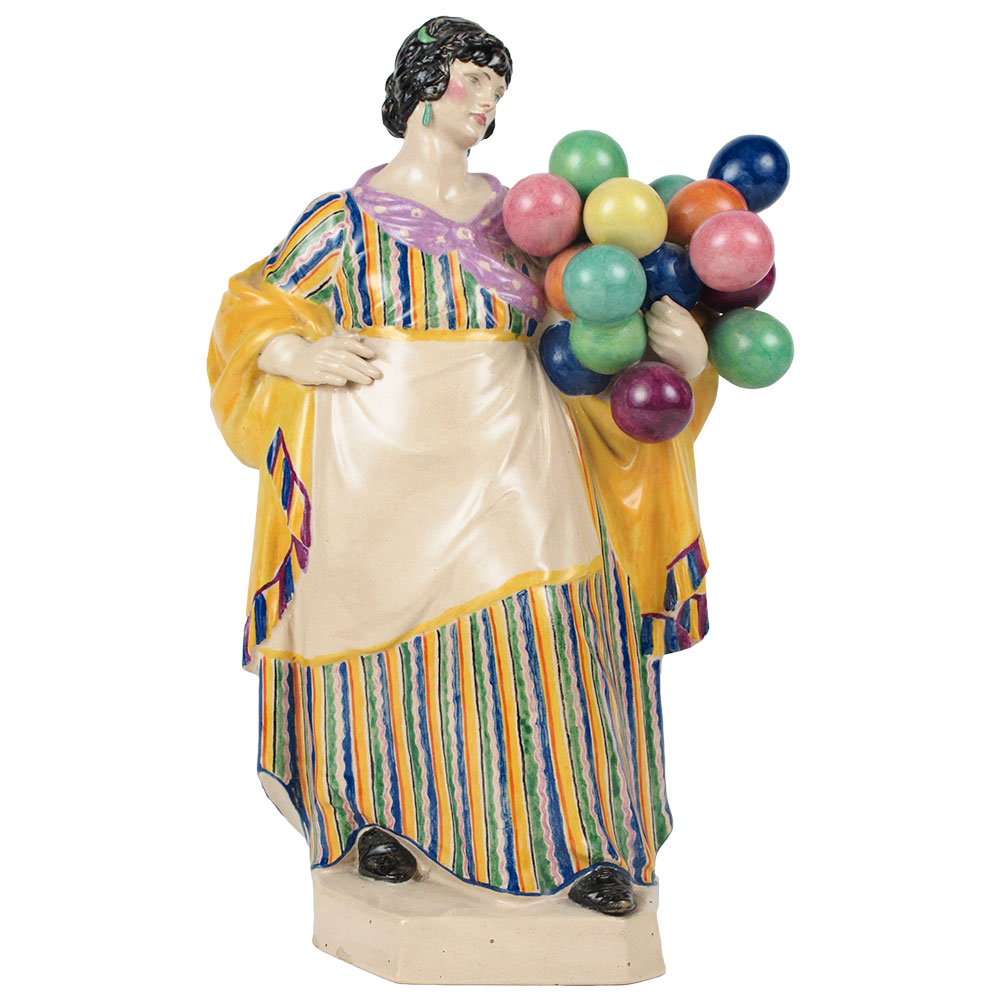
Charles Vyse Balloon Seller
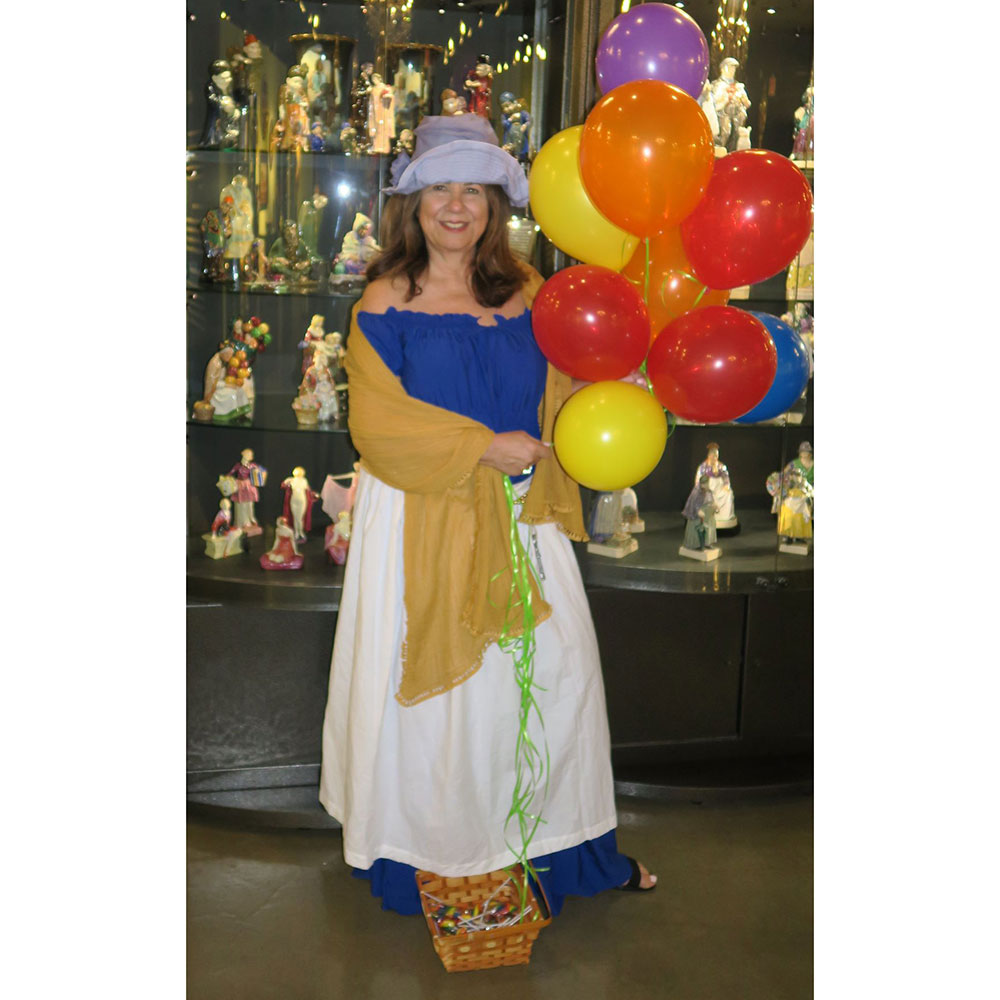
Linda Saft as the Balloon Seller
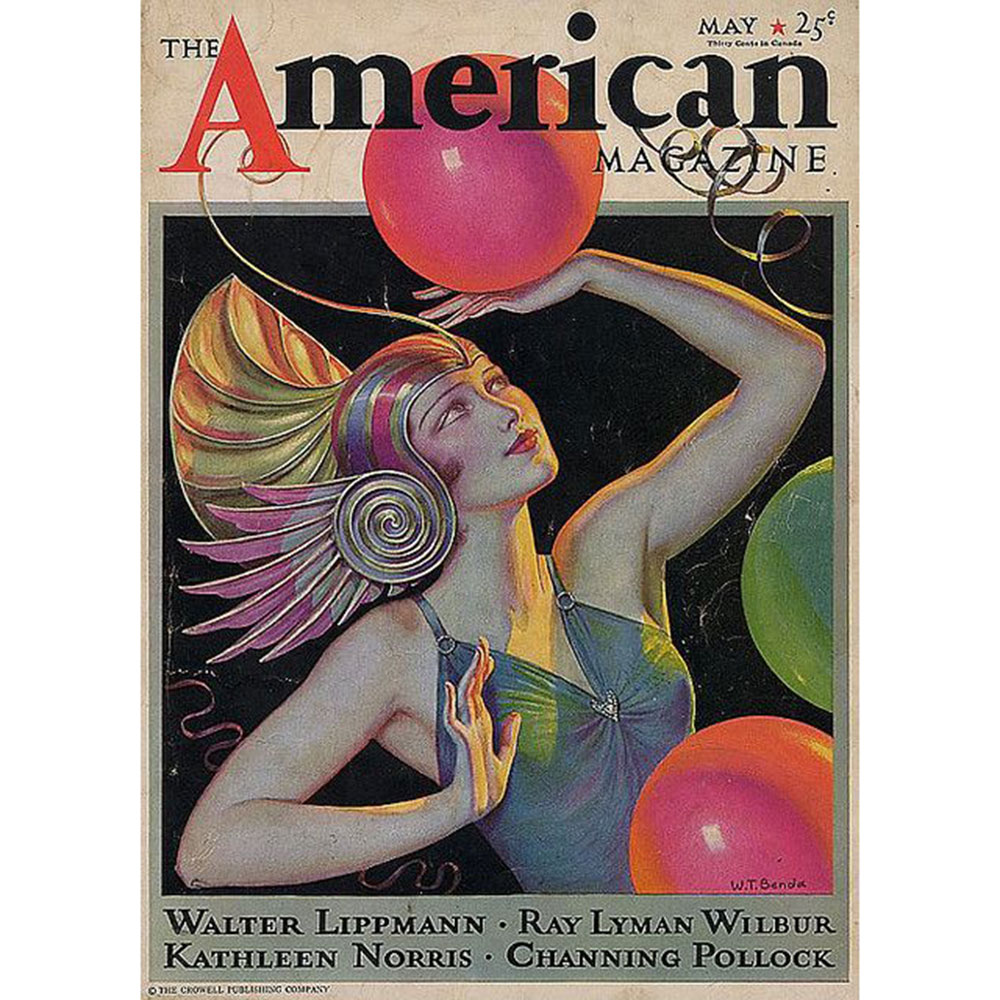
American Magazine
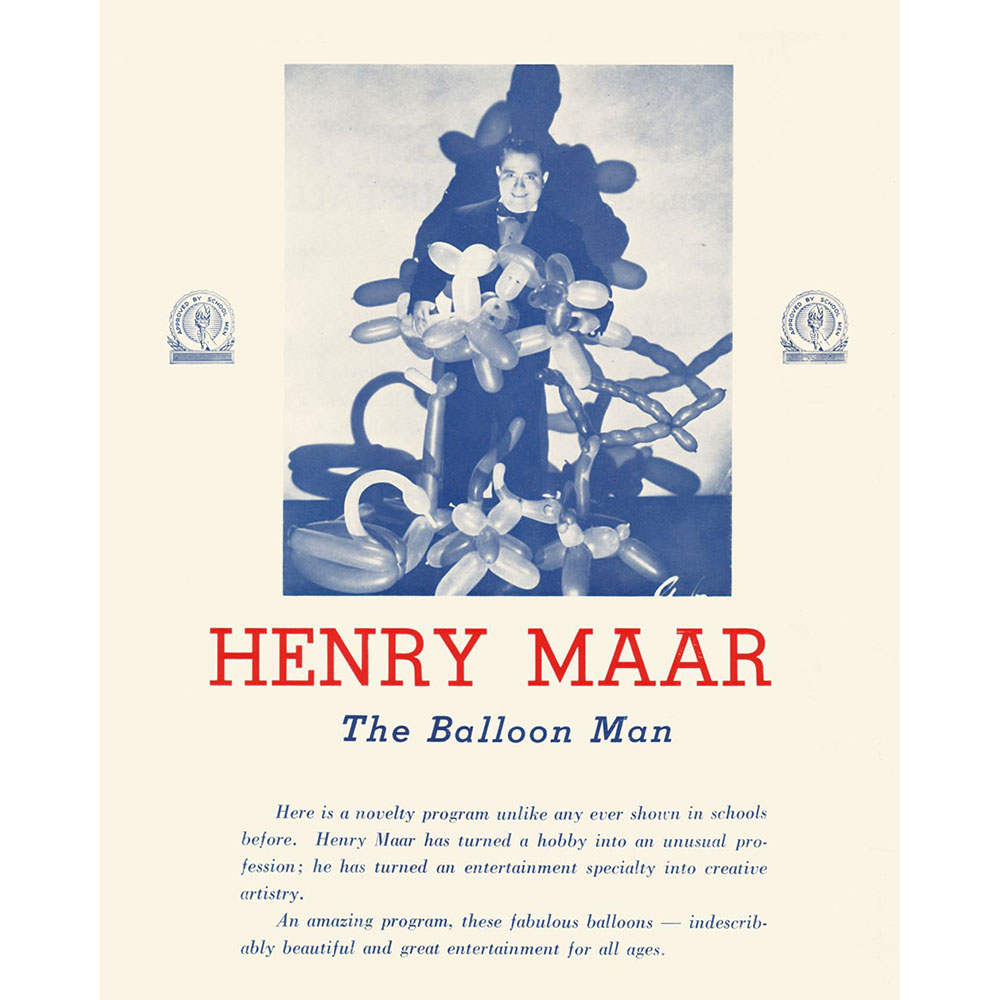
Henry Maar "Balloon Man"
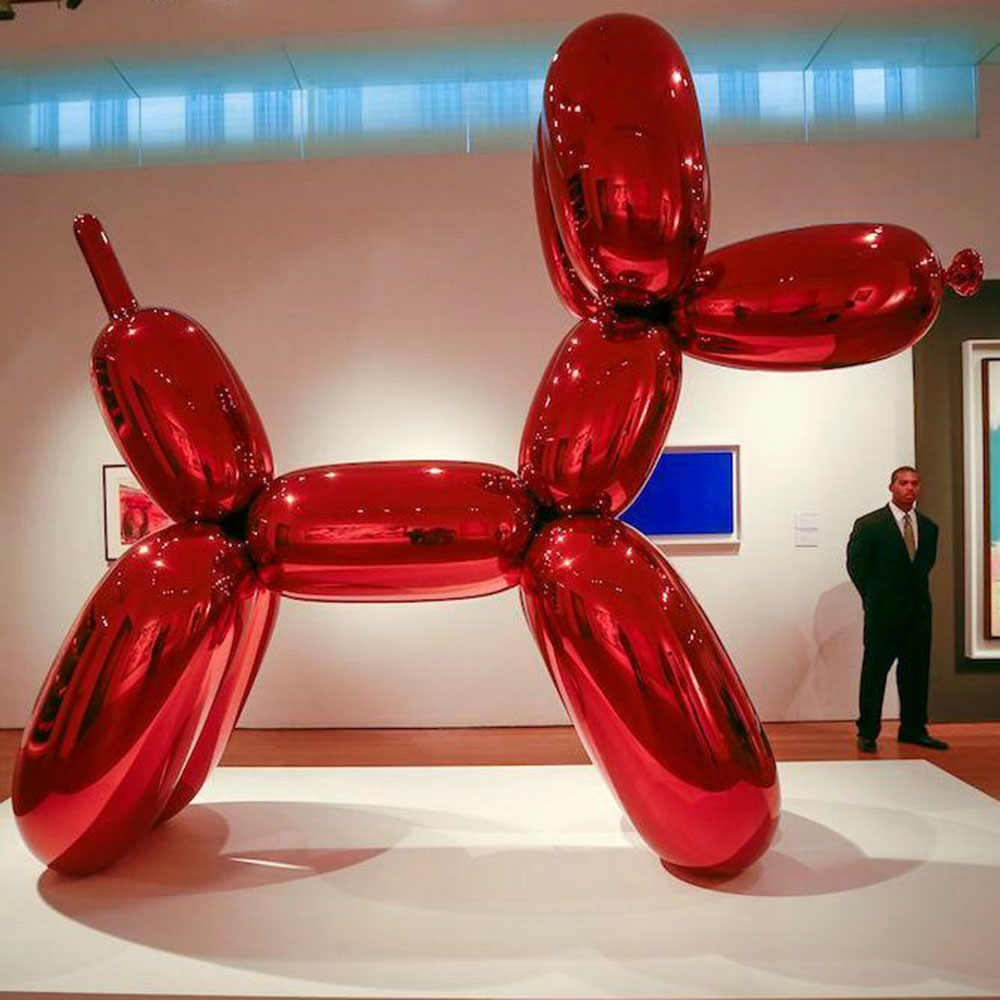
Jeff Koon's Balloon Dog Red
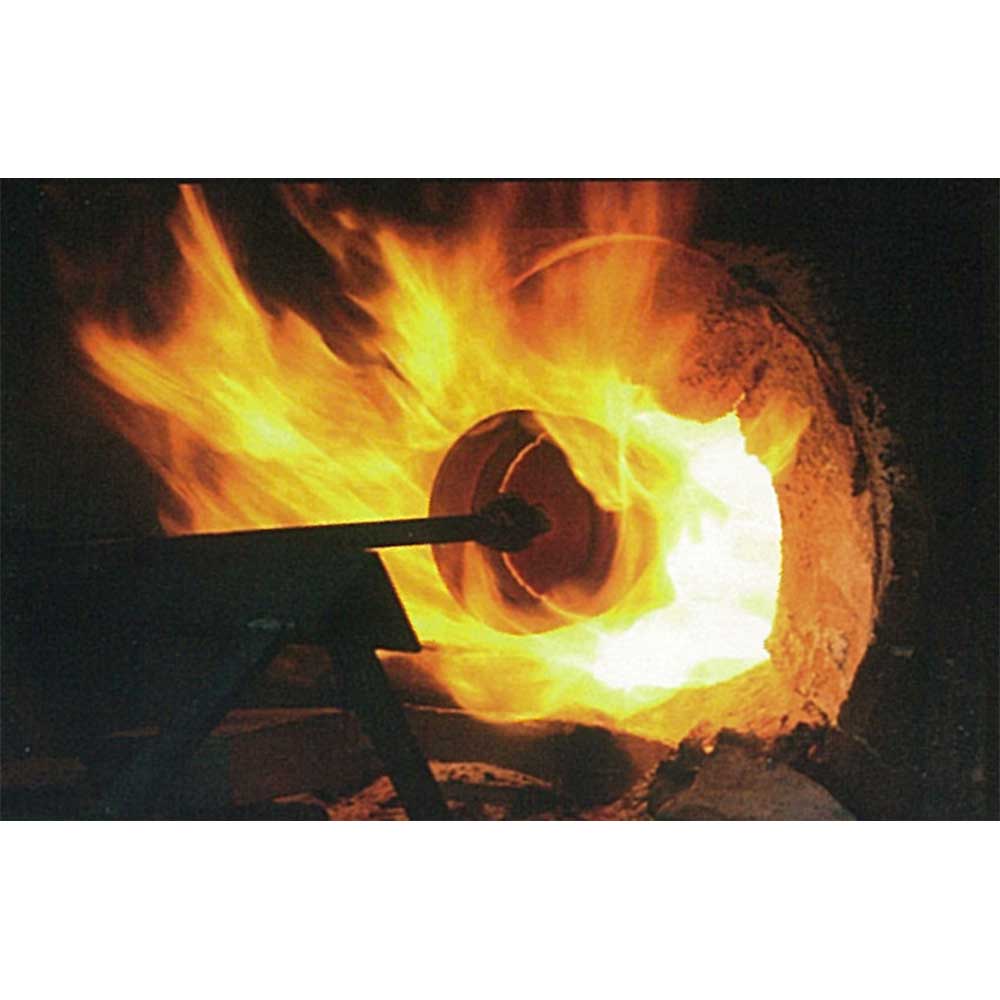
Glass blowing
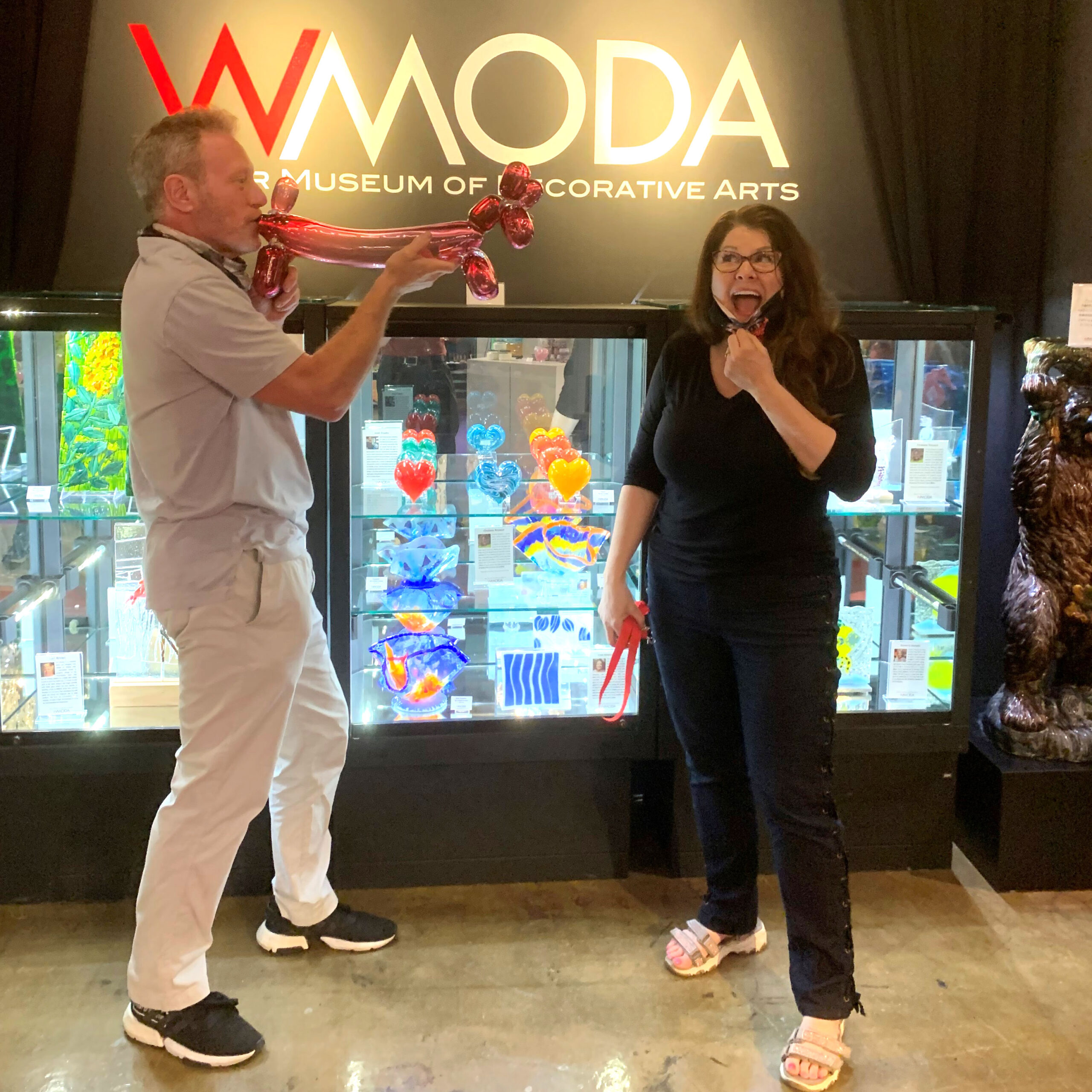
Rob Stern and Kimberly Sheridan @ WMODA
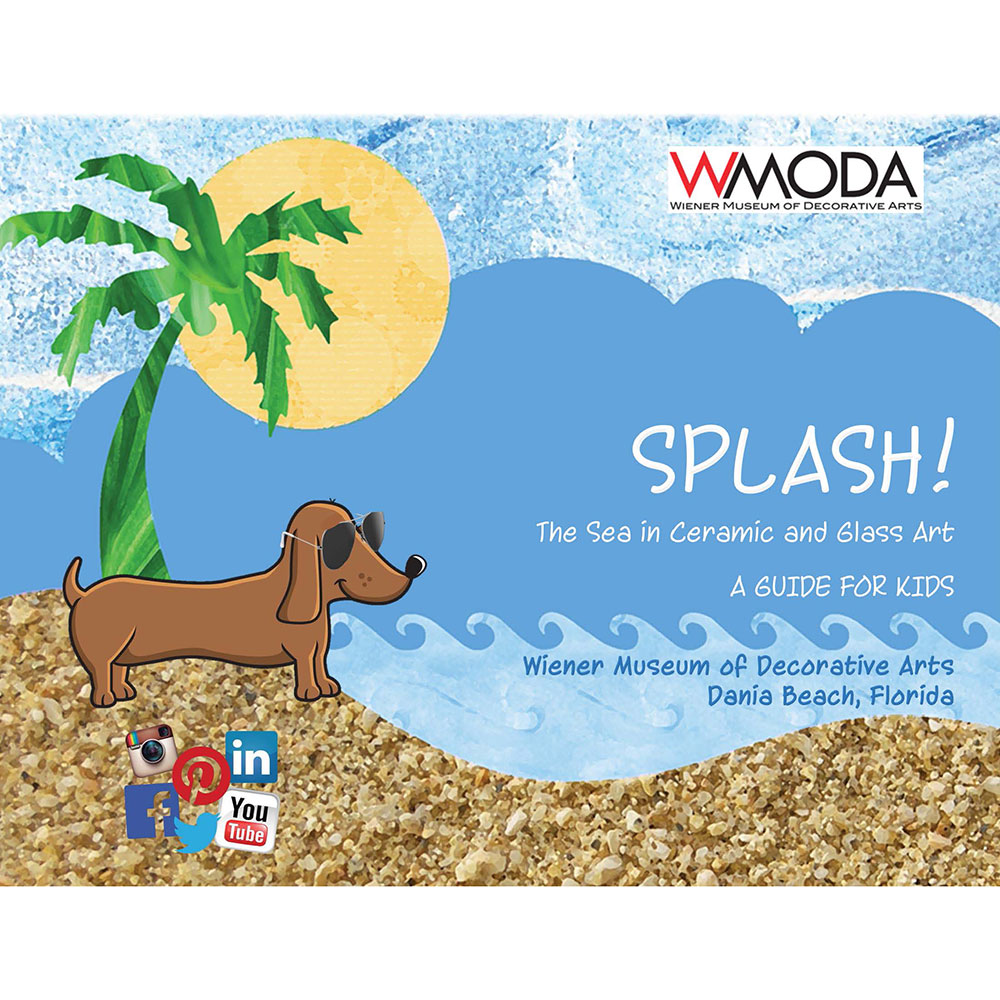
Splash! Guide for Kids by Michelle Sammartino
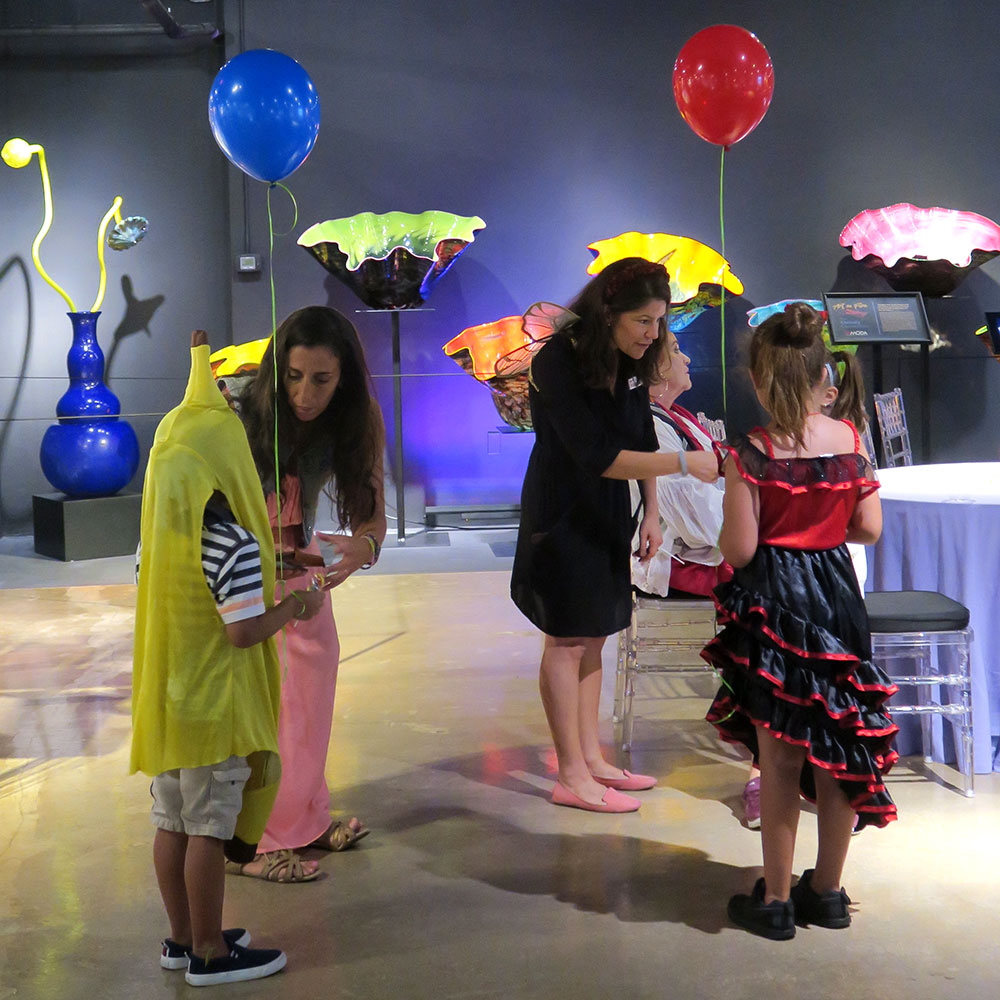
Carolina giving out balloons @ WMODA
Read more about Rob Stern...
Rob Stern - Leaves of glass
Rob Stern - Art on fire the Chihuly connection
Rob Stern - Star of wonder
Rob Stern - Who's who @ WMODA
Rob Stern - Constellations exhibit
Rob Stern - Stilettos exhibition
Rob Stern - Strut into WMODA
Rob Stern - Stilettos
Rob Stern - Believe the impossible
Rob Stern - Resonance WMODA
